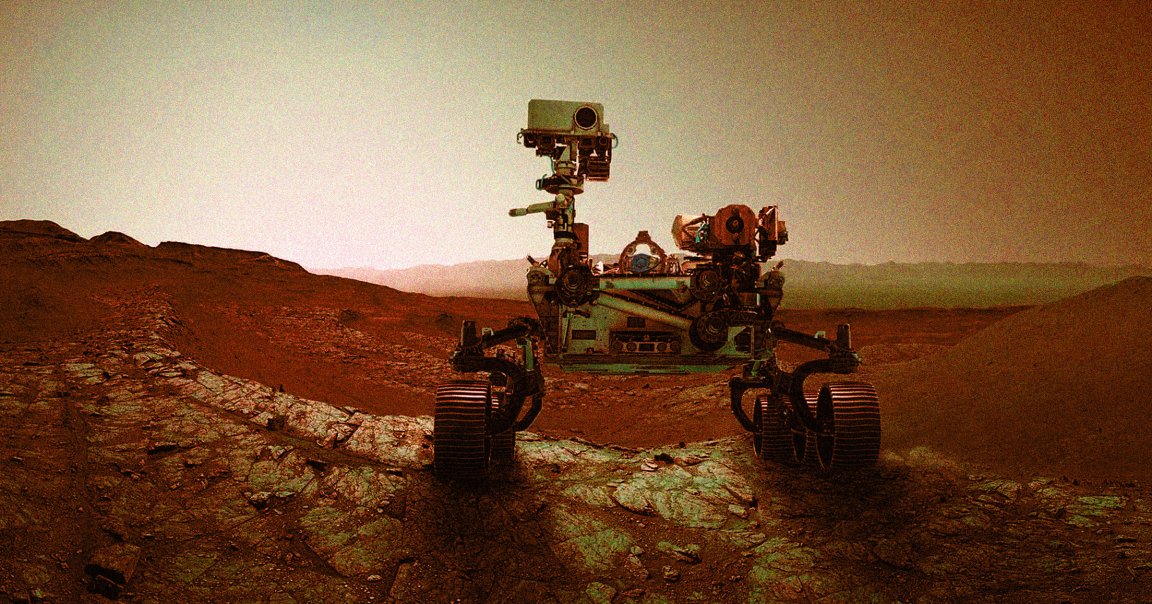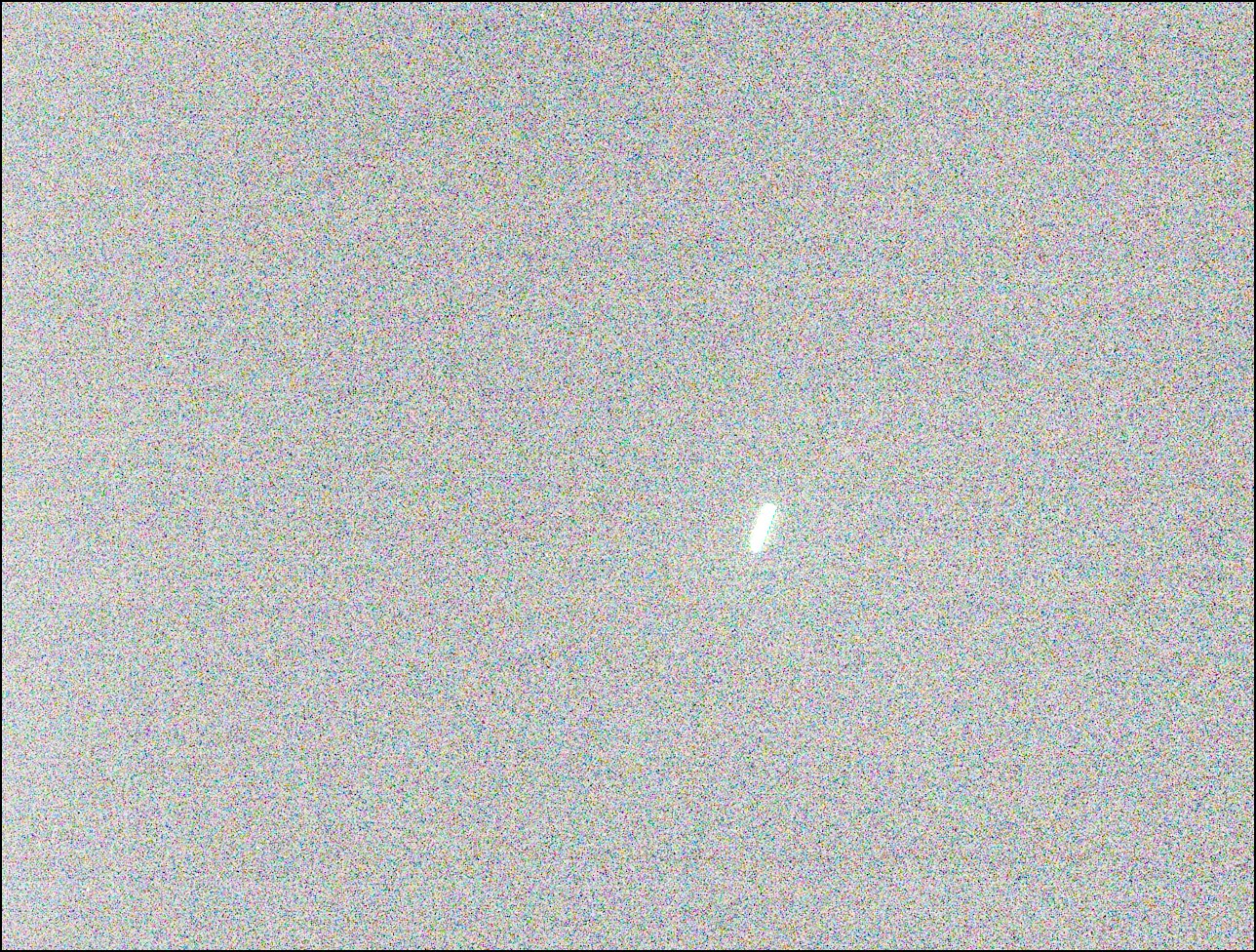
As predicted, interstellar object 3I/ATLAS came within spitting distance of the surface of Mars as it continued blazing its path through the solar system.
The mysterious object, widely believed to be a comet, is only the third object from beyond the solar system to have ever been identified as it cruises through. It’s fascinated scientists ever since it was first observed in early July.
Now, NASA’s Mars Perseverance rover has seemingly managed to snap images of the errant visitor as it made its flyby of the Red Planet. Two pictures, shared by the space agency over the weekend after being captured by Perseverance’s Right Navigation camera (Navcam), show a singular streak contrasted against the emptiness of space around it.

Harvard astronomer Avi Loeb, who has long been advocating for NASA’s spacecraft to have a closer look at the comet, offered his early thoughts on the images, which were taken when 3I/ATLAS was 23.6 million miles from Mars, in a new blog post.
In back-of-the-envelope calculations, Loeb determined that the stripe visible in the Perseverance images was 31,000 miles long. However, the astronomer suggested the object itself likely isn’t that large; instead, it got smeared out thanks to the camera’s “long integration time.”
“In conclusion, the stripe in the Navcam image must have resulted from stacking hundreds of Navcam images over a total time interval of about ten minutes,” Loeb wrote. “3I/ATLAS would have looked like a circular spot for an individual snapshot, which has a maximum exposure time of 3.28 seconds for Navcam.”
“If the Navcam images represent single snapshots with an exposure time below 3.28 seconds, then the brightness and angular length of the observed source imply that it is not 3I/ATLAS,” Loeb wrote. “In that case, the source might be much closer to the camera — capable of being smeared into an elongated image with a smaller spatial size and a smaller speed.”
Important to note: it remains unconfirmed if the images definitely show 3I/ATLAS. Futurism has reached out to NASA for confirmation.
Fortunately, we could soon get an even better look. According to Loeb, the HiRISE camera attached to NASA’s Reconnaissance Mars Orbiter also took an image of 3I/ATLAS on October 3, though it currently remains unreleased.
The data could help us determine how big the visitor really is. Loeb previously suggested it could be absolutely enormous, weighing in at 33 billion tons, and measuring 3.1 miles across — orders of magnitude bigger than the preceding two interstellar visitors we have observed so far.
“The brightest pixel in the HiRISE image will provide the best constraint yet on the area of 3I/ATLAS,” Loeb wrote in his latest blog post. “We are all hoping that the HiRISE team will release their images as soon as possible.”
More on 3I/ATLAS: The Mysterious Object Cruising Through Solar System Is Releasing Strange Metals, Paper Finds